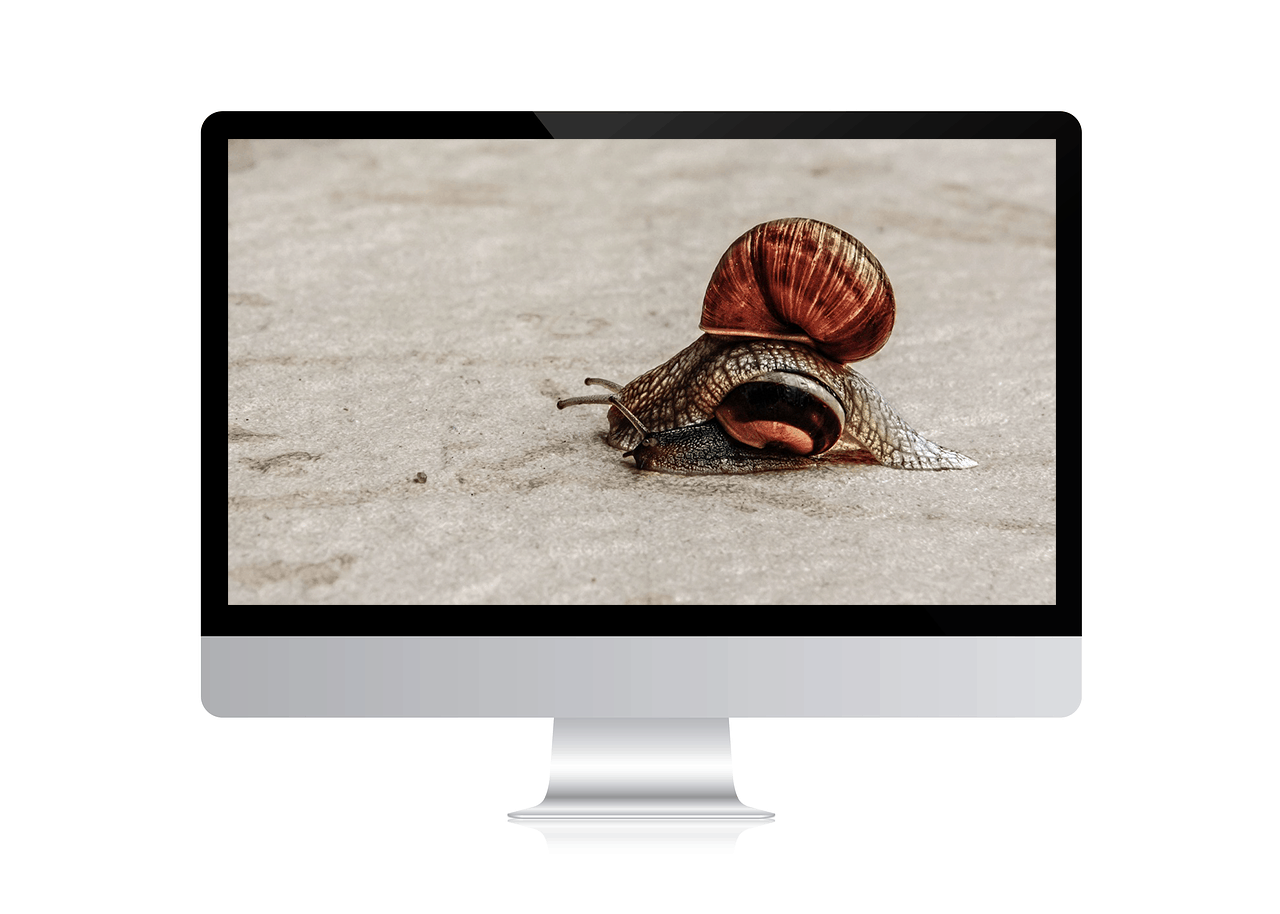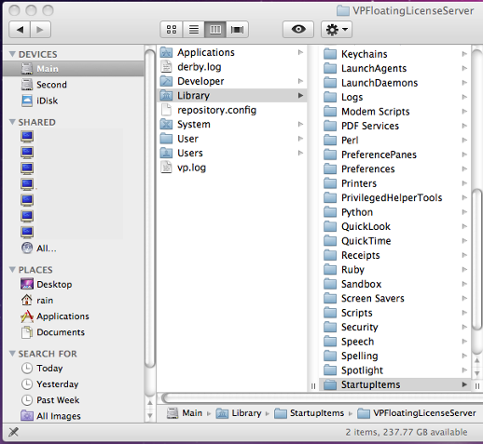- Mac Startup Items Library Hours
- Mac Startup Items Library Free
- Mac Startup Items Library Store
- Change Startup Items Mac
- Mac Startup Items Library Near Me
- Sep 06, 2017 There are many places on your Mac where startup items (used by third party applications are located out of site. To look, Open Finder. Select Go- Go to Folder. Enter in each of these one at a time (browse to each folder) /Library/LaunchDaemons /Library/LaunchAgents.
- When you turn on your Mac, the first thing that it does (after the hardware tests) is to check for a startup disk with Mac OS 9 or X on it. If your system doesn’t find such a disk on your internal hard drive, it begins looking elsewhere — on a FireWire or Universal Serial.
MYSQLSERVER=-YES-
which should be the correct syntax, yet it still does not start on boot. If any one knows how to add startup items or knows of a place that can tell me how I would be much appreciative.
ZeroRex
When you turn on your Mac, the first thing that it does (after the hardware tests) is to check for a startup disk with Mac OS 9 or X on it. If your system doesn’t find such a disk on your internal hard drive, it begins looking elsewhere — on a FireWire or Universal Serial Bus (USB) disk or on a CD or DVD.
How to Disable Startup Programs on Mac OS X Step 1: Open up the User and Groups. Step 2: Uncheck or Subtract. Step 3: Check for Start Up Items. (and then DELETE THEM, obviously) Step 4: Keep your hands off! Step 5: Kext-ing till you die. Step 7: A login script. Mar 11, 2013 For Mac users who want to temporarily stop apps from launching at startup and reduce the boot time, the process is very simple, as is managing the apps that launch each time you boot; you can head to System Preferences Users & Groups and manage them from the ‘Login Items’ tab. Though there isn’t exactly a preventive measure to stop apps.
If your Mac can’t find your hard drive (or doesn’t find on it what it needs to boot OS X), you encounter a flashing-question-mark icon or the prohibitory sign.
If you encounter any of these warning icons, go through the following steps in the order listed, starting with Step 1. Then, if one doesn’t work, move on to the next.
Step 1: Run First Aid
In most cases, after you’ve booted successfully from the OS X CD, the first logical troubleshooting step is to use the First Aid option in the Disk Utility application.
Every drive has several strangely named components such as B-trees, extent files, catalog files, and other creatively named invisible files. They’re all involved in managing the data on your drives. Disk Utility’s First Aid feature checks all those files and repairs the damaged ones.
Here’s how to make First Aid do its thing:
1. Boot from your Mac OS X CD by inserting the CD and restarting your Mac while holding down the C key.
The OS X Installer appears on your screen.
2. Choose Installer –> Open Disk Utility to launch the Disk Utility application that’s on the CD.

3. When the Disk Utility window appears, click the First Aid tab to select that function of Disk Utility.
4. Click the icon for your boot hard drive at the left of the Disk Utility window.
Your boot drive is the one with OS X and your Home folder on it.
5. Click the Repair Disk button.
Your Mac whirs and hums for a few minutes, and the results window tells you what’s going on. Ultimately, First Aid tells you (you hope) that the drive has been repaired and is now okay. If so, go back to work.
6. Quit Disk Utility by choosing Disk Utility –> Quit Disk Utility or by pressing Command+Q.
7. Reboot without holding the C key down.
If First Aid finds damage that it can’t fix, a commercial disk-recovery tool may be able to repair the damage.
If everything checks out with First Aid, eject the CD and try to boot from your hard drive again.
Step 2: Safe Boot into Safe Mode
Mac Startup Items Library Hours
Booting your Mac in Safe Mode may help you resolve your startup issue by not loading non-essential (and non-OS X) software at boot time. You do it by holding down the Shift key during startup.
Keep holding down Shift until the Finder loads completely. If your Mac is set up so that you don’t have to log in, keep pressing the Shift key until the Finder loads completely. If you do log in to your Mac, type your password as usual, but before clicking the Log In button, press the Shift key again and hold it until the Finder loads completely.
You’ll know you held the Shift key long enough if your Startup Items don’t load (assuming that you have Startup Items; you can create them in the Accounts System Preference pane, although some programs create them for you).
Booting in Safe Mode does three things to help you with troubleshooting:
- It forces a directory check of the startup (boot) volume.
- It loads only required kernel extensions (some of the items in /System/Library/Extensions).
- It runs only Apple-installed startup items (some of the items in /Library/Startup Items and /System/Library/Startup items). Note that the startup items in the Library folders are different from the Startup Items in the Accounts System Preference pane.

Taken together, normally these changes can work around issues caused by software or directory damage on the startup volume.
Some features, such as DVD Player, do not work in Safe Mode. Use Safe Mode only if you need to troubleshoot a startup issue.
If your Mac boots in Safe Mode, you may be able to determine what is causing it — usually a damaged Preference file (in Home/Library/Preferences) or one of your Startup Items (in the Accounts System Preference pane).
Step 3: Zapping the PRAM
Sometimes your parameter RAM (PRAM) becomes scrambled and needs to be reset. PRAM is a small piece of memory that’s not erased or forgotten when you shut down; it keeps track of things such as printer selection, sound level, and monitor settings.
PRAM stores these settings:
- Time zone setting
- Startup volume choice
- Speaker volume
- Recent kernel panic information, if any
Mac Startup Items Library Free
DVD region setting
To reset your PRAM, restart your Mac and press Command+Option+P+R until your Mac restarts itself. You may see the flashing question mark or spinning-disk cursor — then the icon disappears, and your Mac chimes again and restarts. Most power users believe you should zap it more than once. Now restart your Mac without holding down any keys.
Remember that your chosen startup disk, time zone, and sound volume are reset to their default values when you zap your PRAM. So after zapping, open the System Preferences application to reselect your usual boot disk and time zone and set the sound volume the way you like it.
Step 4: Reinstalling OS X
Reinstalling the system software last takes the longest and is the biggest hassle. If you’re still unsuccessful, you’ll have no choice but to consider Step 5.
Step 5: Take your Mac in for repair
If none of these suggestions work for you and you’re still seeing anything you shouldn’t when you start up your Mac, you have big trouble.
You may have any one of the following problems:
Mac Startup Items Library Store
- Your hard drive is dead.
Change Startup Items Mac
- You have some other type of hardware failure.
- All your startup disks and your system-software CDs are defective (unlikely).
Mac Startup Items Library Near Me
The bottom line: If you still can’t start up normally after trying all the cures here, you almost certainly need to have your Mac serviced by a qualified technician.